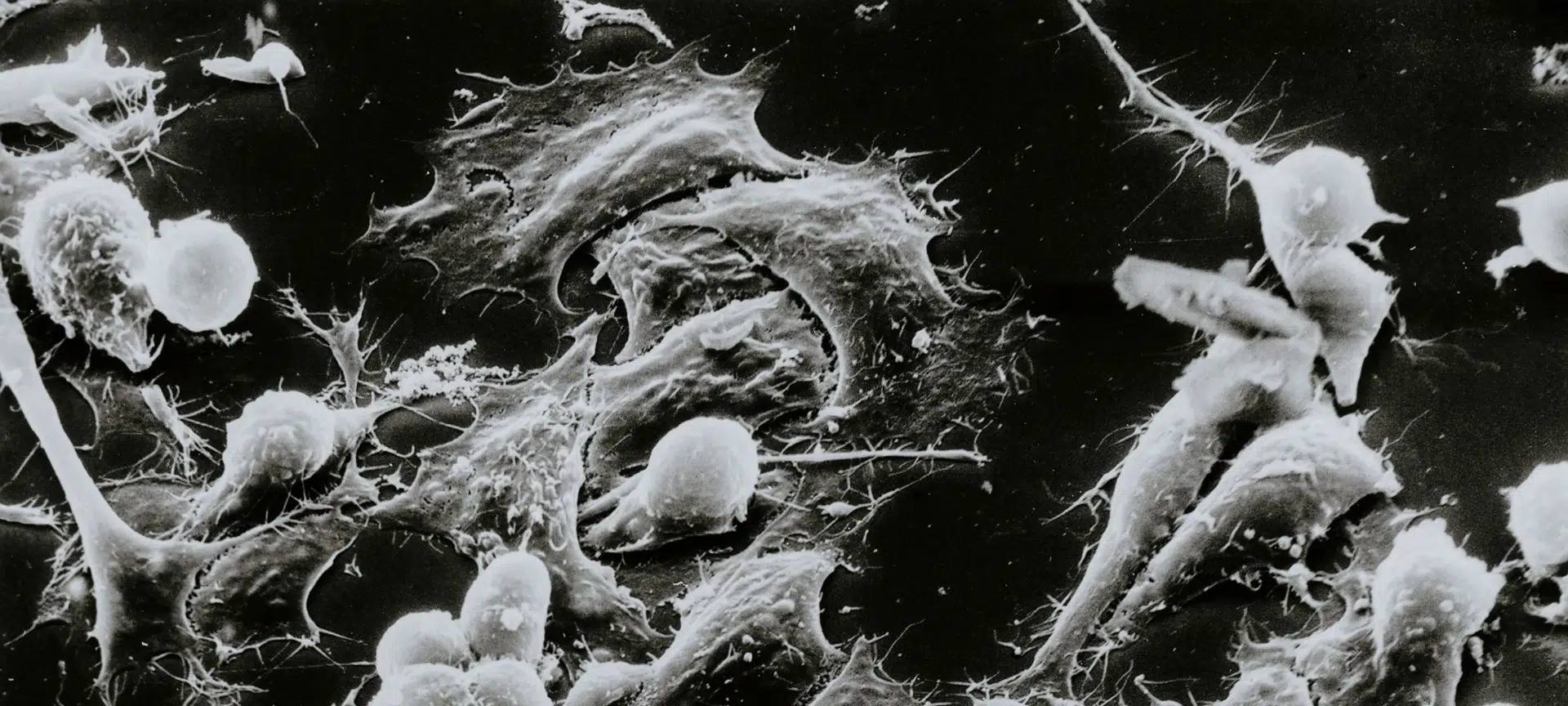Skin Cancer Melanoma
by Dr Raya Grishina-Gunn
Australia and New Zealand have the highest rates of melanoma in the world. Every year, about 16,000 people are diagnosed with melanoma in Australia. It is the second most common cancer in men and the third most common cancer in women (excluding non-melanoma skin cancers).
The earlier melanoma is found, the more successful treatment is likely to be.

Melanoma is considered the most serious form of skin cancer because it is more likely to spread to other parts of the body, especially if not found early.
Melanoma is a type of skin cancer, it develops in skin cells called melanocytes and usually occurs on parts of the body that have been overexposed to the sun. Sometimes melanomas can also start inside the eye or in a part of the skin or body that has never or rarely been exposed to the sun, for example:
- Inside of the mouth
- The soles of the feet
- Palms of the hands
- Genitals and
- Under the nails.
Each Melanoma can look very differently. If you have lots of moles, a melanoma usually stands out and looks different from other moles. The first sign is often a new spot or a change in an existing mole. The change could be
- In size – the spot may appear, or begin to grow larger
- Colour – the spot may become blotchy with different depths and shades of colour (often brown or black, but about 20% of melanomas are called “amelanotic” and appear as red, white, light grey, pink or the colour of your skin)
- Shape or border – the spot may increase in height, become scaly, have an irregular shape (scalloped or notched) or not be symmetrical (the halves may look different)
- Itching or bleeding – the spot may itch or bleed very easily
- Elevation – the spot may start as a raised nodule or develop a raised area, which is often reddish or reddish brown.
New moles mostly appear during childhood and through to the 30s and 40s, as well as during pregnancy. However, adults of any age can have new or changing spots. It is important to get to know your skin and check it regularly. It is also very important to have your skin checked by a qualified skin cancer doctor.
The main cause of all types of skin cancer is overexposure to UltraViolet (UV) radiation which usually comes from the sun.
Anyone can develop melanoma, but the risk is higher in people who have:
- Unprotected exposure to UV radiation, particularly a pattern of short, intense periods of sun exposure and sunburn, such as on weekends and holidays.
- Lots of moles (naevi) – more than 10 moles above the elbow on the arms and more than 50 on the body, especially if the moles have an irregular shape and uneven colour (dysplastic naevi)
- Pale, fair or freckled skin, especially if it burns easily and doesn’t tan
- Light-coloured eyes (blue or green), and fair or red hair
- A previous melanoma or other type of skin cancer
- A strong family history of melanoma.
- A weakened immune system for example from using immunosuppressive medicines for a long time (e.g. for rheumatoid arthritis or another autoimmune disease or after an organ transplant.
There are other types of skin cancer such as Basal Cell Carcinoma (BCC) and Squamous Cell Carcinoma (SCC). These are non-melanoma skin cancers and they are much more common.
So please make sure that you check your skin, know your skin and have a regular skin check with your skin cancer doctor.




Recent Comments